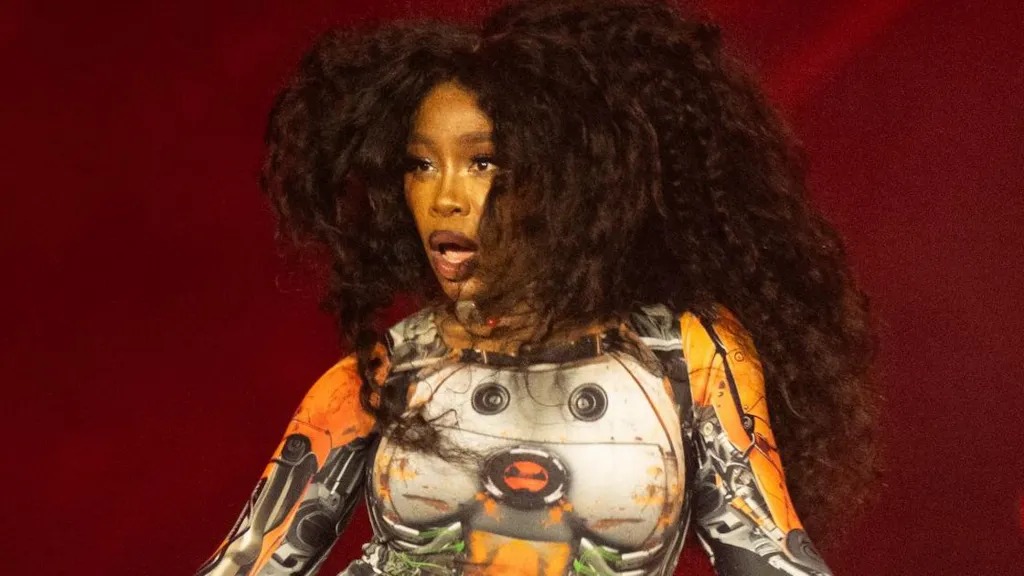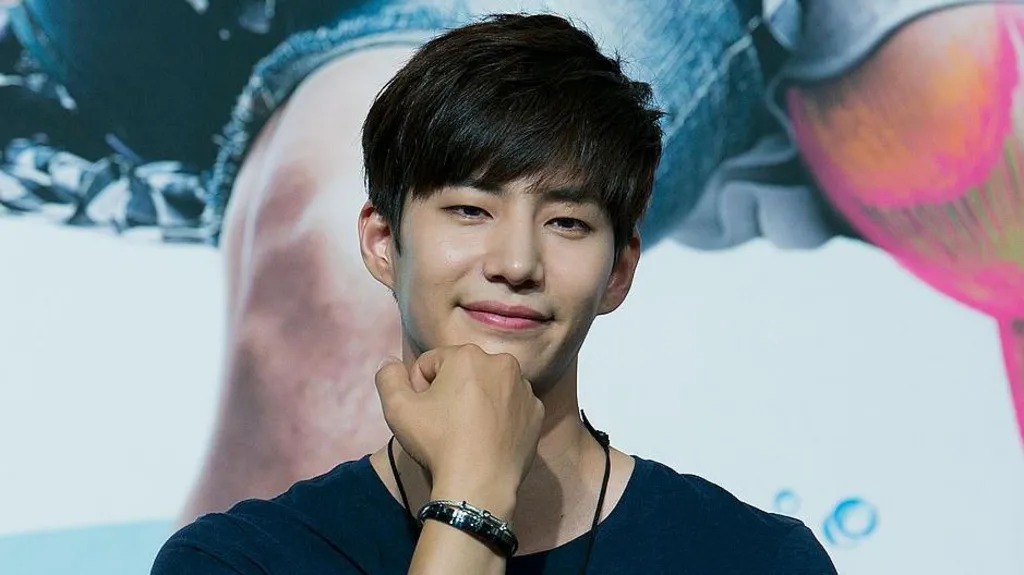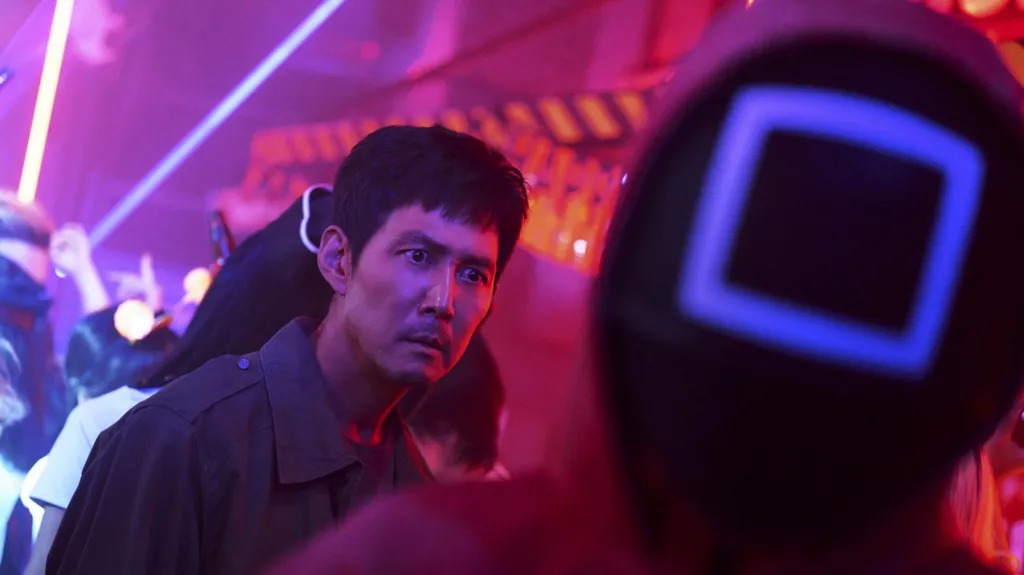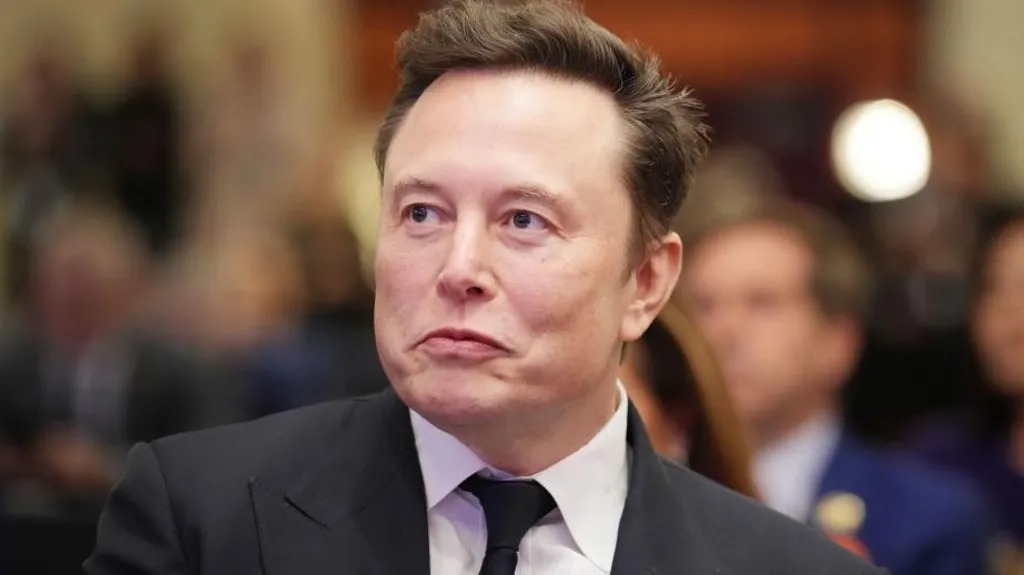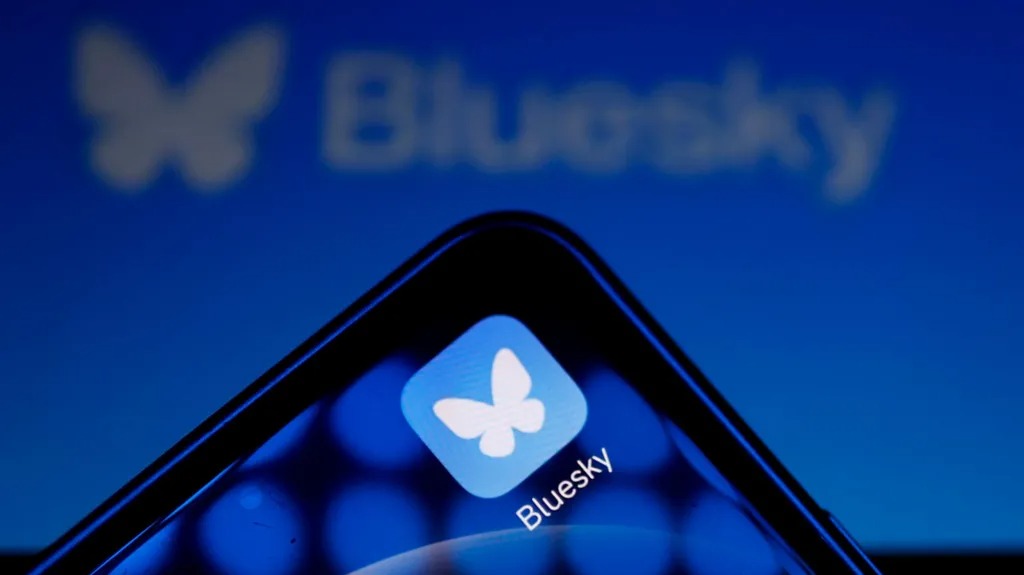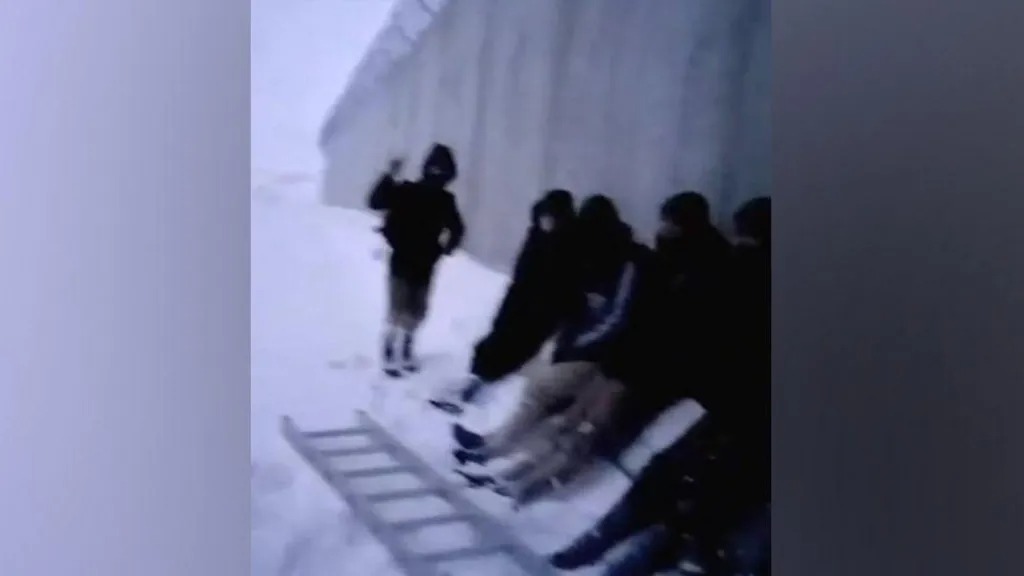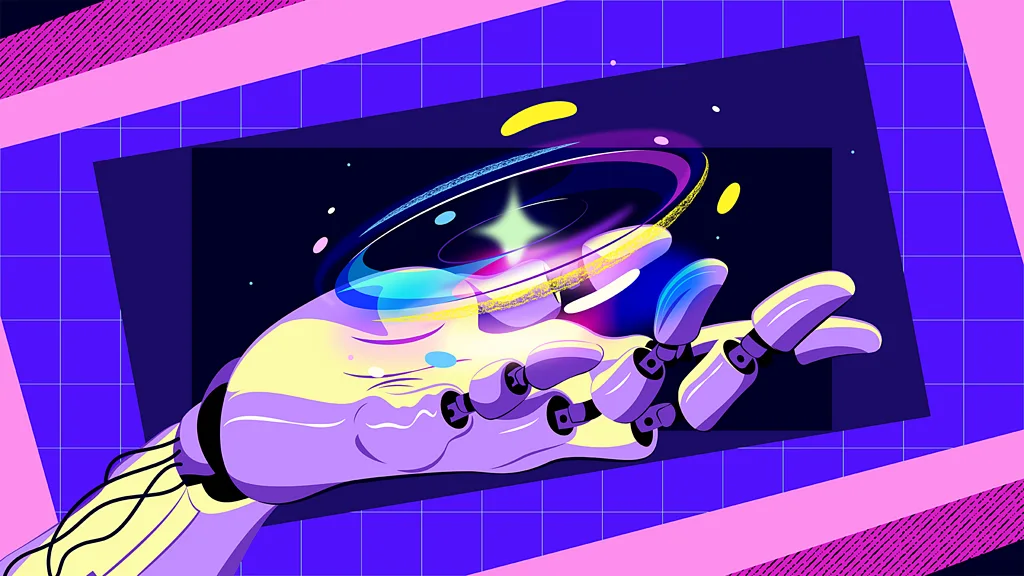
AI Art: A New Era of Creativity?
Artificial intelligence (AI) is now used to create everything from paintings to sculptures, with some works selling for significant amounts. This growing trend leads us to ask: What qualifies as art in this new age?
In Oxfordshire, I watch Ai-Da, the world’s first humanoid robot artist, sketching an abstract self-portrait. Ai-Da’s very existence raises an important question: Is this the end of human creativity, or are we witnessing the beginning of something new?
Art and Technology in Transition
Similar to how Marcel Duchamp’s controversial submission of a urinal as art challenged traditional views, today’s AI-generated works are pushing the boundaries of what we consider creative expression. Philosopher Alice Helliwell suggests that if controversial pieces like Duchamp’s urinal can be considered art, then the same should apply to creations made by algorithms.
“Art is constantly evolving,” says Helliwell. “AI is simply the latest step in that evolution.”
A Fresh Perspective on Creativity
Throughout history, artistic movements have reflected societal concerns, whether focused on industry, science, or technology. The rise of AI-based creativity mirrors modern-day concerns about automation and technology’s influence on our lives. Some experts, like mathematician Marcus du Sautoy, believe that AI could spark a new era of creative exploration by pushing humans to think differently.
Who Gets the Credit?
Ai-Da’s art stems from a combination of technology and her internal algorithms, making her process distinct from other tools like DALL-E. But does this mean she is the creator, or should the credit go to those who designed her programming? Cognitive scientist Margaret Boden’s definition of creativity — producing something “new, valuable, and surprising” — adds complexity to this debate.
The Future of AI and Art
The future of AI-generated art remains open to debate. While some express concerns over originality and plagiarism, others see AI as a tool for expanding creative horizons. In fact, the world’s first AI art gallery is set to open next year in LA, highlighting how integrated AI has become in the world of creative expression.
Eva Jäger, an AI curator, believes that the true potential lies in collaboration between human artists and technology. “What matters is the intent and thought behind the work,” she explains. “The process behind these creations is just as important as the final piece.”
For more insights on the intersection of technology and art, visit BBC News.
Explore more tech innovations at Kenkou Land.
